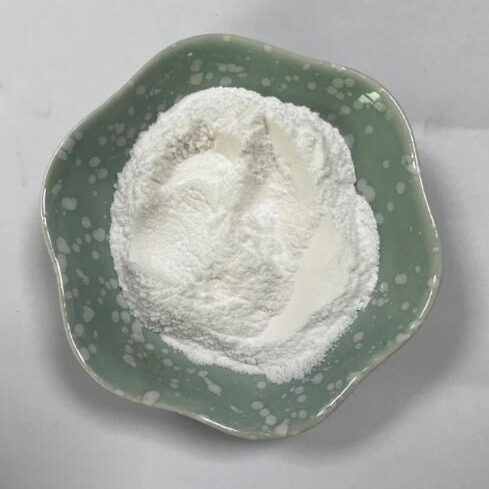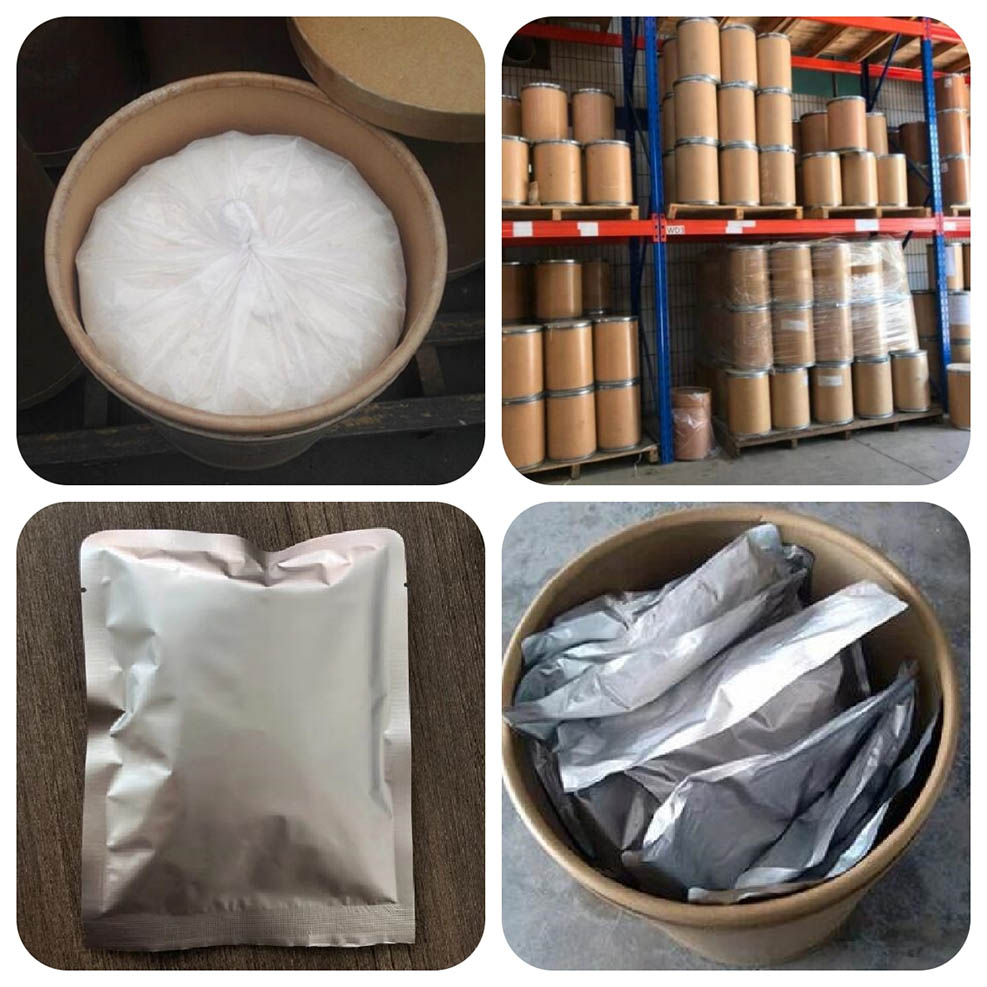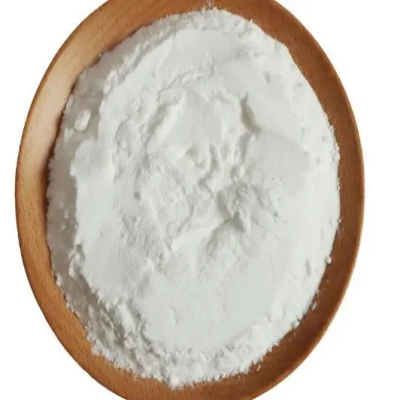4-Hydroxybutyl acrylate CAS:2478-10-6
4-Hydroxybutyl acrylate (4-HBA) is an important hydrophilic monomer used in various industrial applications due to its unique chemical structure, which features a hydroxyl group attached to a butyl chain and an acrylate functional group. The presence of the hydroxyl group not only increases the monomer's polarity and water solubility but also enhances its reactivity during polymerization processes. This characteristic allows 4-HBA to act as a versatile building block for synthesizing a range of functional polymers. One of the primary applications of 4-hydroxybutyl acrylate lies in the formulation of coatings, adhesives, and sealants. The incorporation of this monomer into polymer matrices can improve adhesion properties, flexibility, and durability. For instance, it can be utilized in the production of water-based paints and coatings that require enhanced performance characteristics and environmental compliance. The hydroxyl functionality also allows for post-polymerization modifications, such as cross-linking or further functionalization, leading to the development of tailored materials for specific applications. In addition to its use in coatings, 4-hydroxybutyl acrylate finds significant applications in the biomedical field. Its biocompatibility makes it suitable for producing hydrogels and drug delivery systems. These materials can be designed for controlled release applications, providing targeted therapeutic effects while minimizing side effects. The ability to incorporate bioactive agents into hydrogels derived from 4-HBA expands its utility in tissue engineering and regenerative medicine. Moreover, 4-hydroxybutyl acrylate can participate in copolymerization with other monomers to create materials with diverse properties, enabling the design of smart materials that respond to environmental stimuli. In summary, 4-hydroxybutyl acrylate serves as a crucial component in polymer chemistry, offering a wide range of applications across various industries. Its reactive nature and functional groups facilitate the development of advanced materials with enhanced performance characteristics, greatly contributing to innovations in coatings, adhesives, and biomedical applications. Understanding its properties and potential uses helps drive progress in materials science and engineering, paving the way for new solutions to contemporary challenges.



| Composition | C7H12O3 |
| Assay | 99% |
| Appearance | white powder |
| CAS No. | 2478-10-6 |
| Packing | Small and bulk |
| Shelf Life | 2 years |
| Storage | Store in cool and dry area |
| Certification | ISO. |









